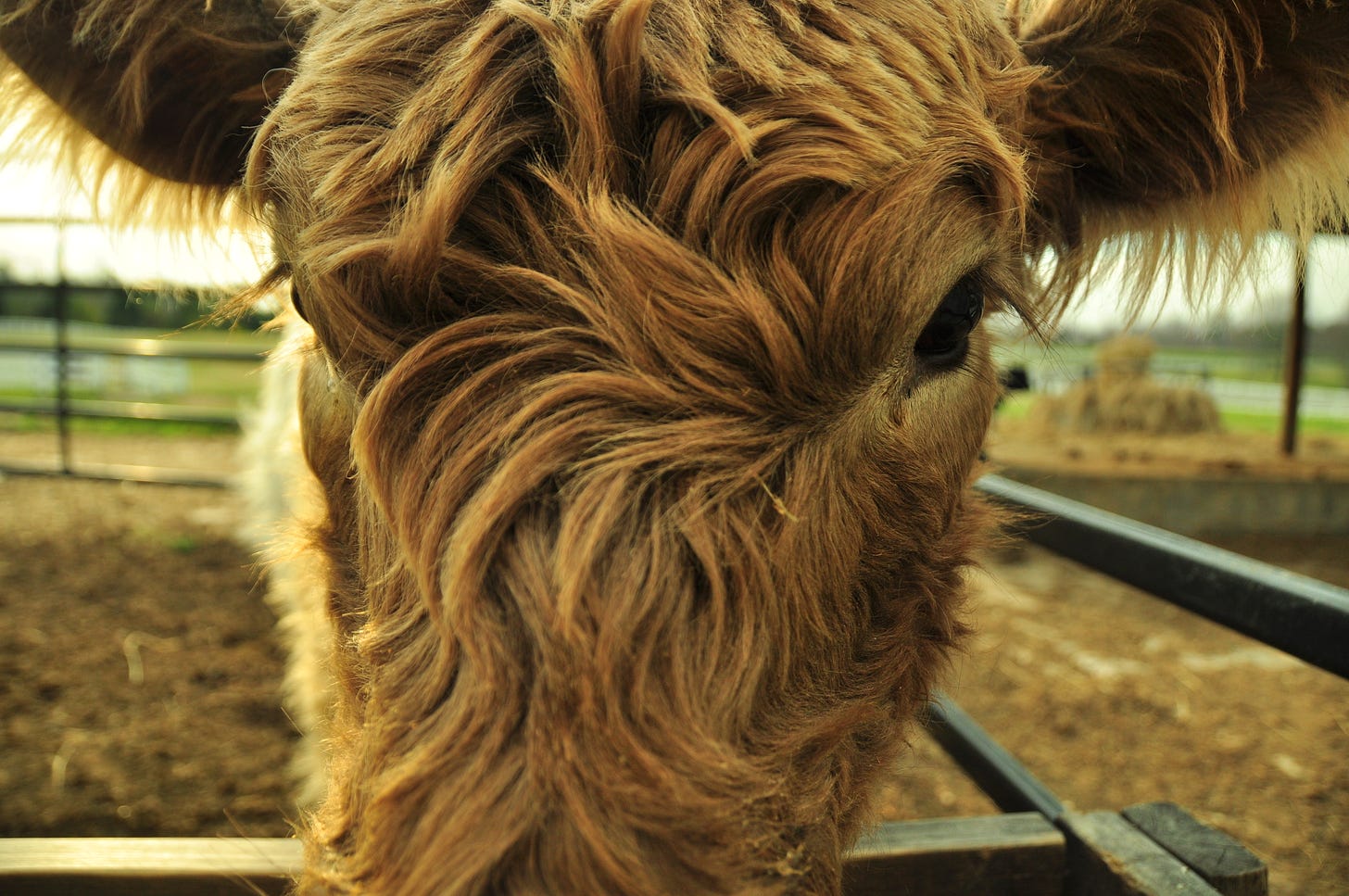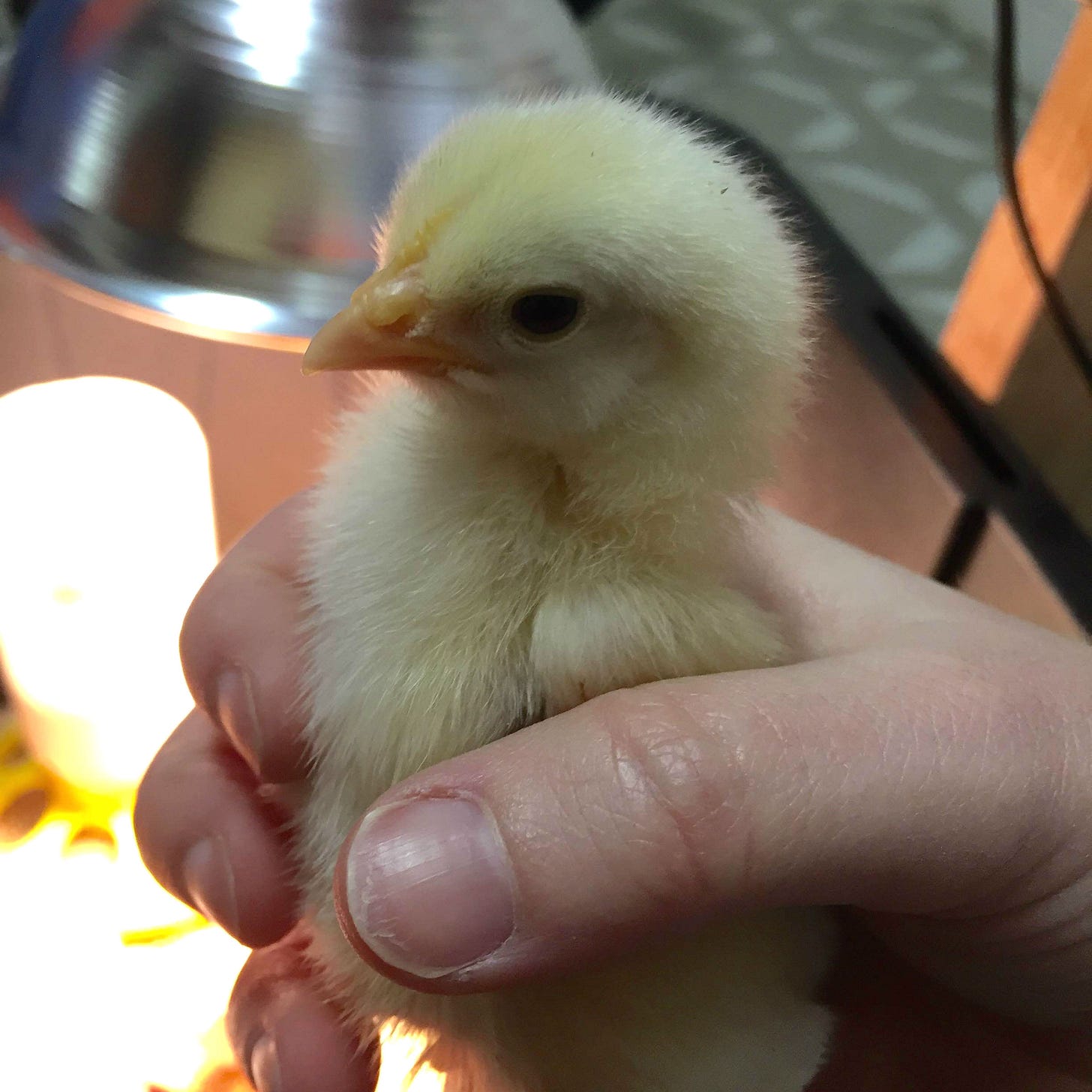How the organic food label is changing
Misconceptions about organic happen because of poor consumer education and (quietly) changing regulations.
Several years ago, I started to make small changes in how I source food at home and also when dining out. I started with stopping purchases of meat raised with standards that don’t align with my values. I committed to buying ethically-raised meat at home, then eventually stopped choosing meals at restaurants that source their meat from Confined Animal Feeding Operations (CAFOs). I also started declining meals at the homes of friends and family that included unethically raised meat. This caused a lot of confusion because most consumers aren’t tapped into food labels’ meanings in general, let alone the changing nature of labels.
Many years ago, I shared this shift in my food choices with family before Thanksgiving and I offered to bring the turkey from a nearby sustainable farm with pasture-raised turkey. My mom said I wouldn’t need to bring the turkey because she was getting an organic turkey from Publix. I had to explain that “organic” doesn’t mean ethically raised on pasture. USDA Certified Organic applies to the feed offered to the animals and specific standards in living conditions that might not allow the spacing for animals that one might expect. We reflexively think it means more, and policies supporting livestock and produce are complex and vary.
According to the USDA’s Guide for Organic Livestock Producers, “The meaning of organic certification: Organic certification is a process claim, not a product claim, and it assures the consumer that the organic farmer followed the requirements and restrictions spelled out in the USDA organic regulations. Organic certification does not guarantee that the product is completely free of all pesticide residues or genetically modified organism (GMO) contamination.”
The USDA Organic food label originally supported soil health. “An organic plan shall contain provisions designed to foster soil fertility, primarily through the management of the organic content of the soil through proper tillage, crop rotation, and manuring,” per the Organic Foods Production Act, 1990.
USDA Organic: What does the label mean now?
Today, the USDA Organic label permits degrees of confinement for dairy operations, and poultry for meat and egg production, and allows berries, herbs, and tomatoes to be grown soilless in hydroponic systems. For organically-raised chickens, birds must be given at least 1 linear feet of space per bird (up to 360 birds), and access to the outdoors. However, earlier interpretations of the organic standards could have meant access to the “outdoors” was an open door to a parking lot.
“…some consumers are losing trust in the organic label. In public comments, consumers conveyed they lost trust when they became aware that the organic label has not necessarily meant animals are raised under the conditions they expected.” - USDA Agriculture Marketing Service, November 2023
Fortunately, progress happened recently with a new rule. Organic policies had vague language related to slaughter, living spaces, euthanasia, and livestock transportation, which allowed for a variety of practices to be interpreted as organic. Some of those practices have been described as “failures.” In late 2023, a final rule was published with the Federal Register by the USDA’s Agriculture Marketing Service, which states, “As a result of these failures, some consumers are losing trust in the organic label. In public comments, consumers conveyed they lost trust when they became aware that the organic label has not necessarily meant animals are raised under the conditions they expected.”
The rule, which I find extremely difficult to follow and interpret—it has more than 100 footnotes!—introduces 17 terms and definitions that had previously been undefined or unclear. One of those definitions includes outdoor space, and now makes it clear that “hard floors” (surfaces with no soil) don’t meet the definition of an outdoor space. That’s promising to see. The rule also defined pasture pens and their qualifications for being considered outdoor space: “To be considered outdoor space, pasture pens must provide direct access to soil and allow birds to express natural behaviors, such as scratching and dust bathing.”
While the rule went into effect in early January 2024, many of the new definitions and standards include rolling compliance dates, so some farms may have several years to transition to the new requirements.
Ways to stay connected with label standards and growing practices
A recent Wise Traditions podcast episode explained how organic meats are still allowed to be cleaned with bleach during processing. These unexpected practices underscore why it’s so important to know your farmer and talk to them.
If you’re trying to locate and support farms that prioritize practices that more closely align to the original organic standards, the Real Organic Project has a searchable database of more than 1,000 farms. Find Real Organic-certified farms.
Every year I choose a different nonprofit to donate 10 percent of my honey sales to. This year I chose the Rodale Institute. More than a decade ago, the Rodale Institute launched the Honeybee Conservancy, which centers management on locally-raised bee stock, chemical-free practices, and ethical honey harvesting. Aside from their work with bees, they help farms understand and move to organic practices. If you know of a farm interested in transitioning to organic, Rodale Institute offers organic consulting in every state and they provide FREE online classes on getting your organic certification, transitioning to organic agriculture, and more. For non-farmers, they even offer a class on how to be a regenerative consumer.
Learn more about food labeling
3 common ultra-processed food ingredients and what they do
Why pay more for nutrient-deficient food?
5 food label resources to make better decisions (and a blog update)
Today I’ve curated a handful of food label resources that help educate consumers about these gaps. These are resources I regularly consult when making decisions about which ingredients to bring into our home, or what I’ll order at a restaurant.…






